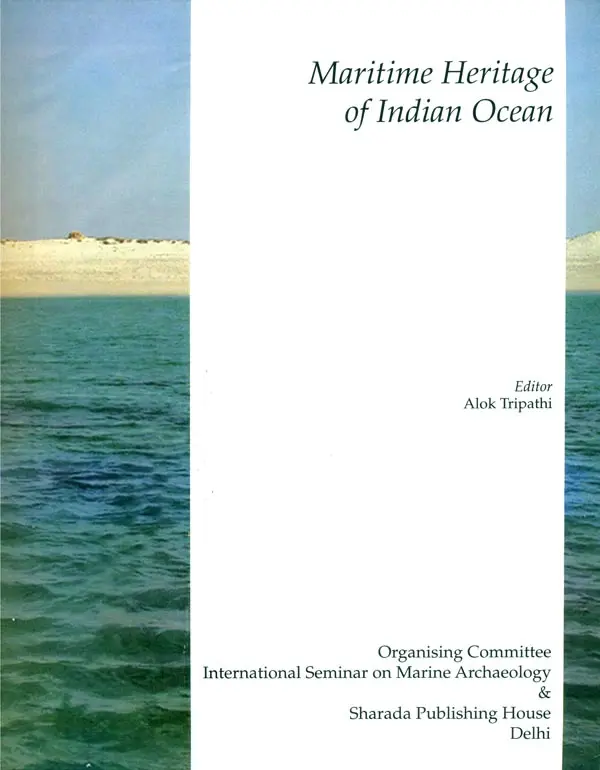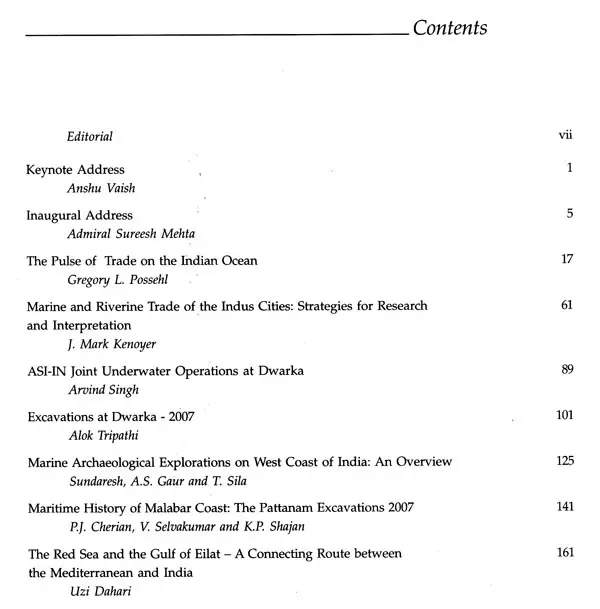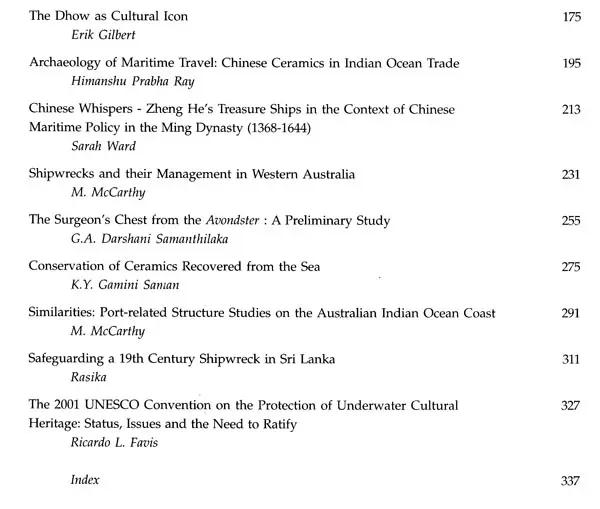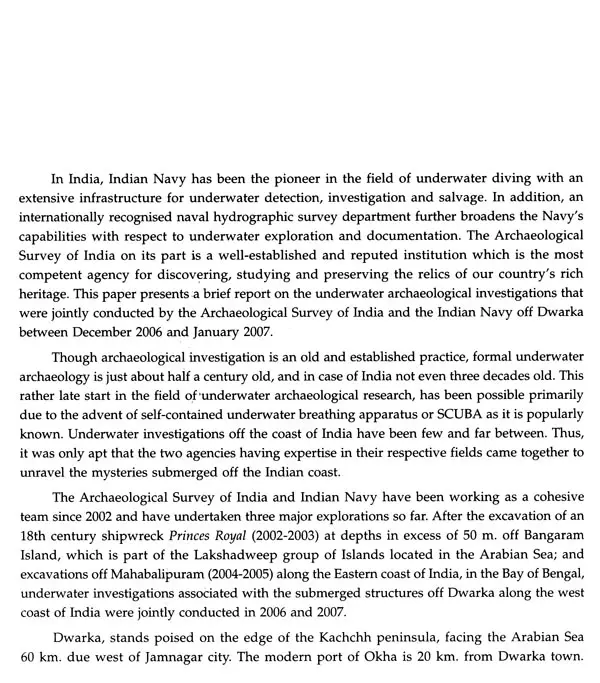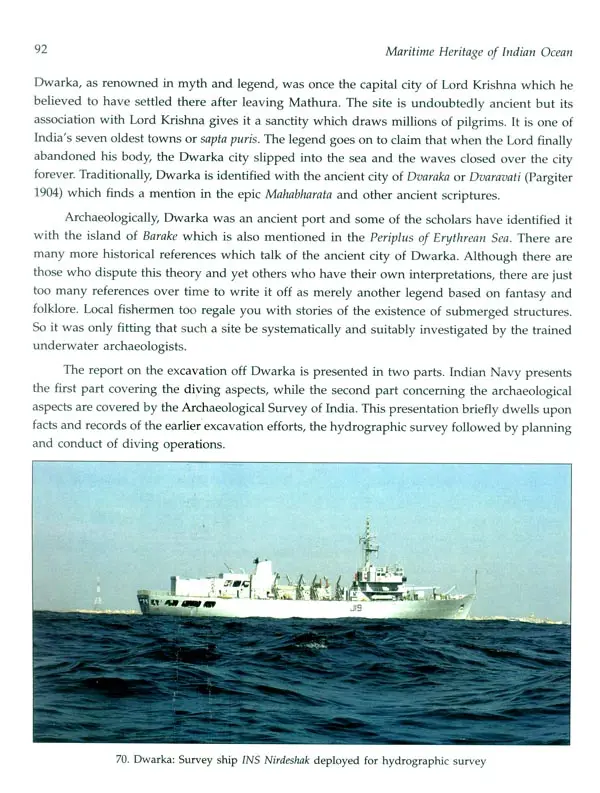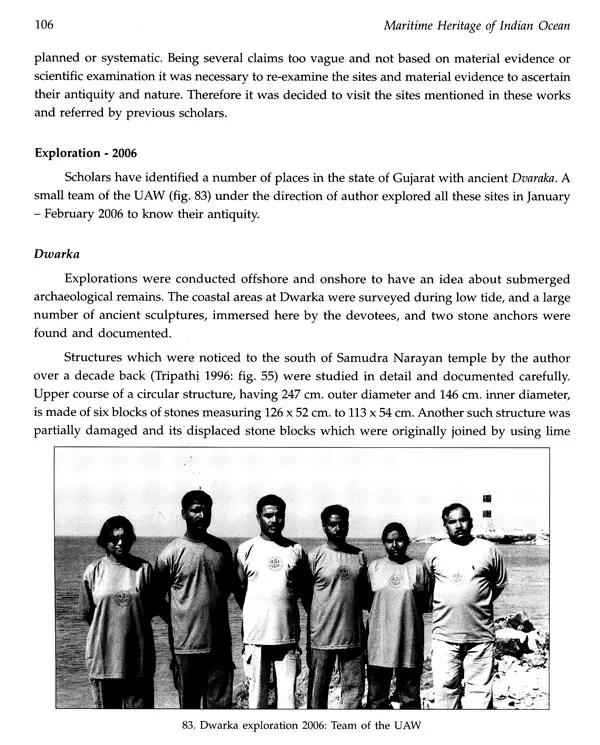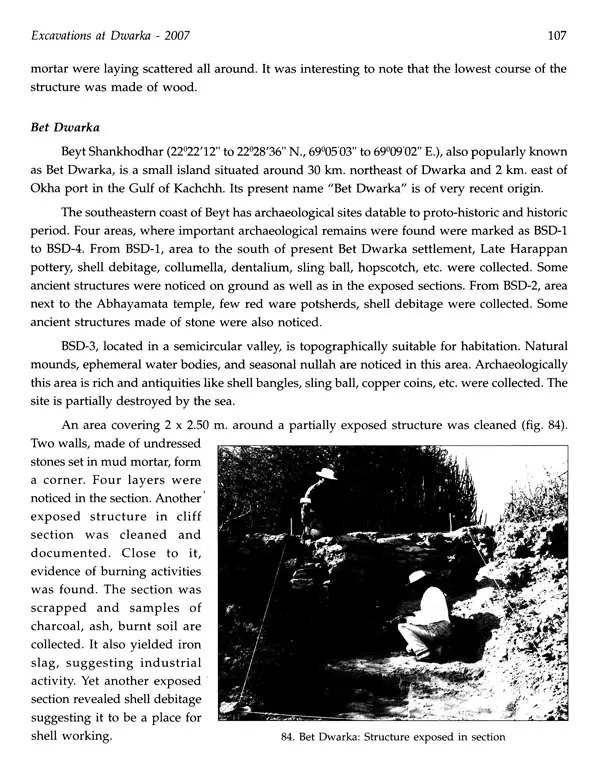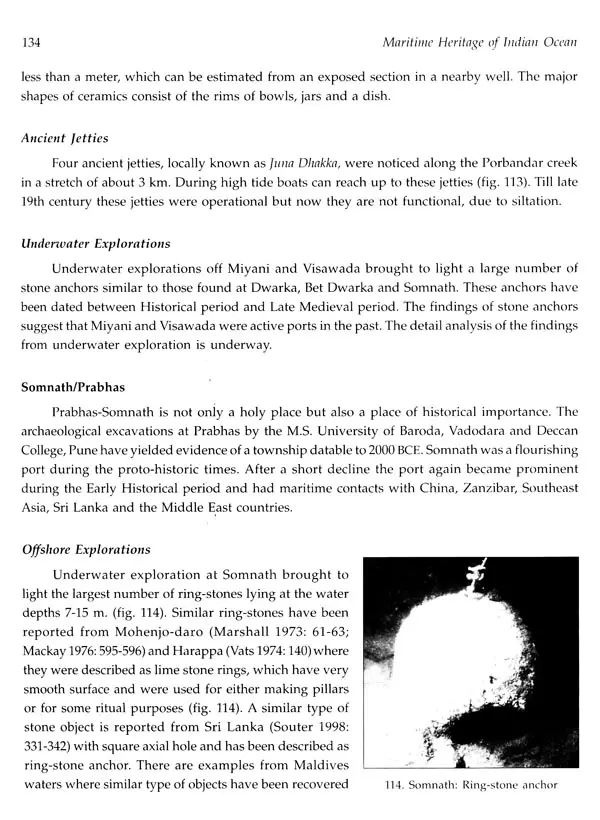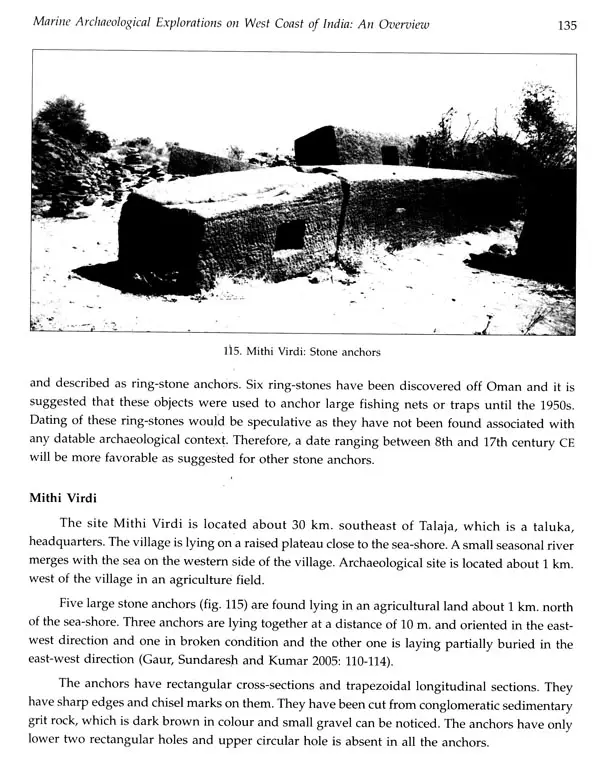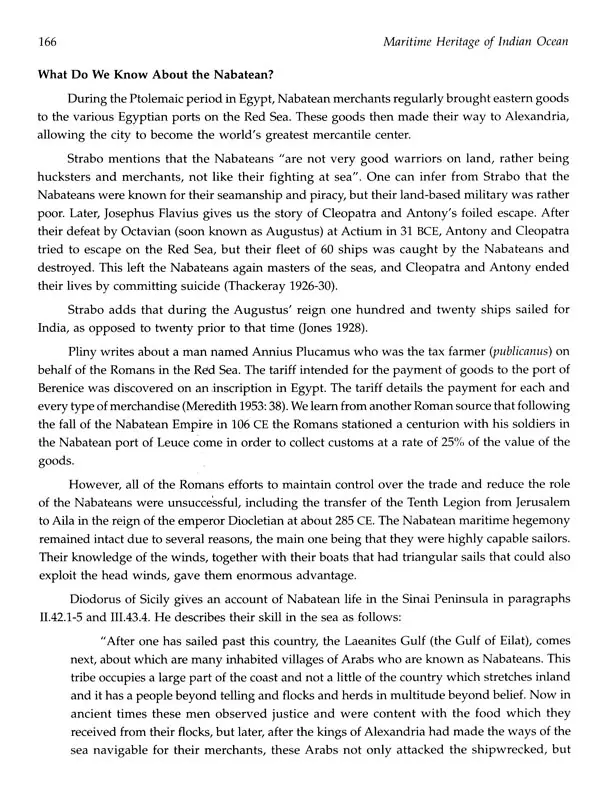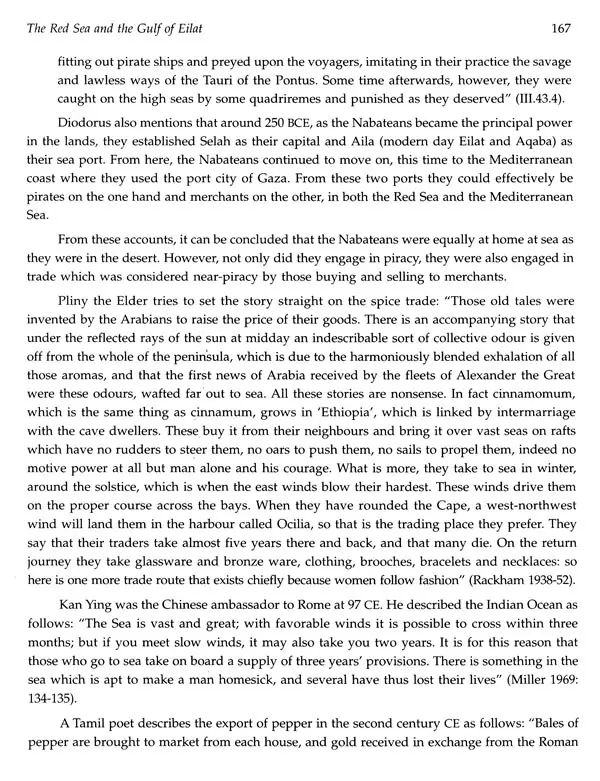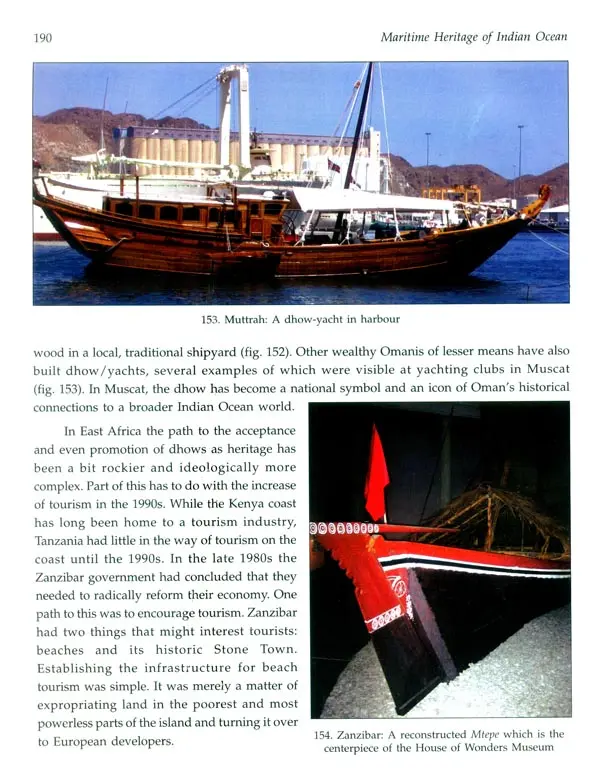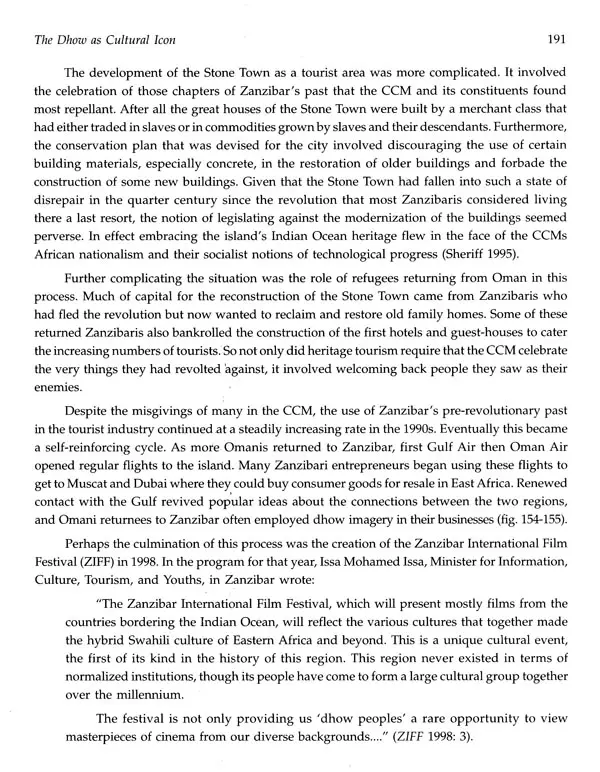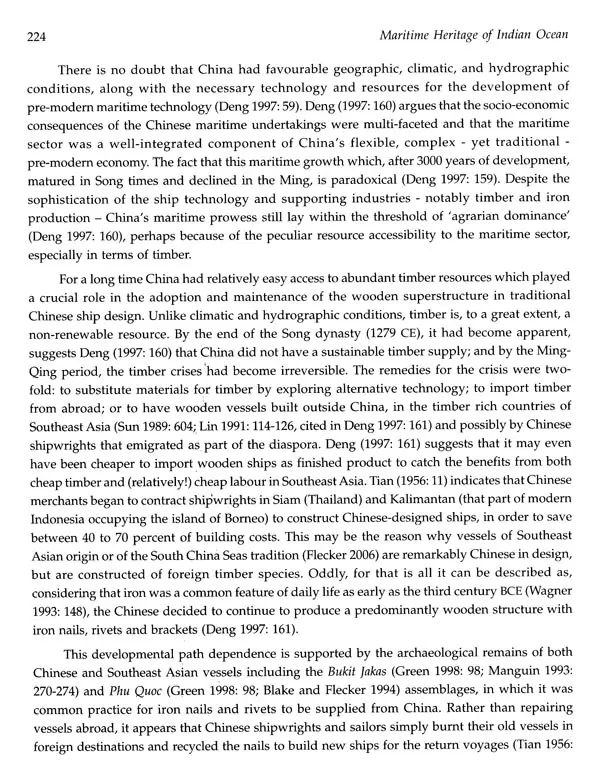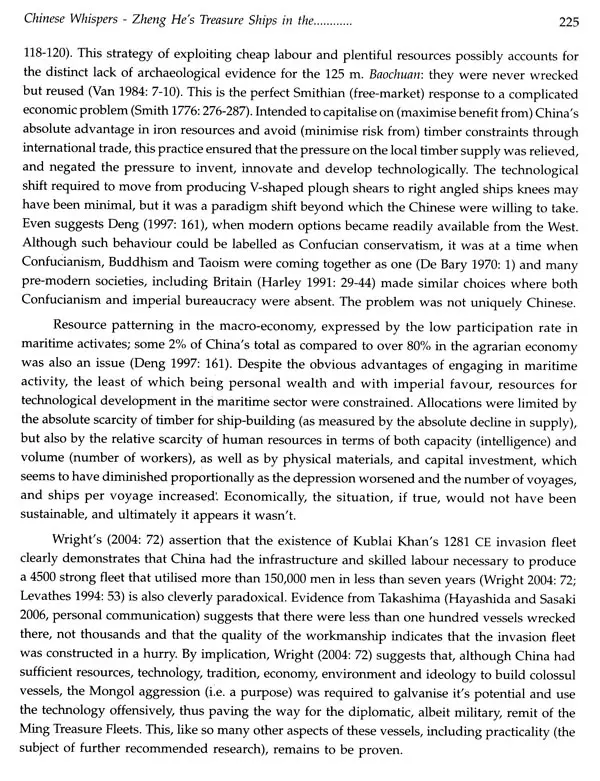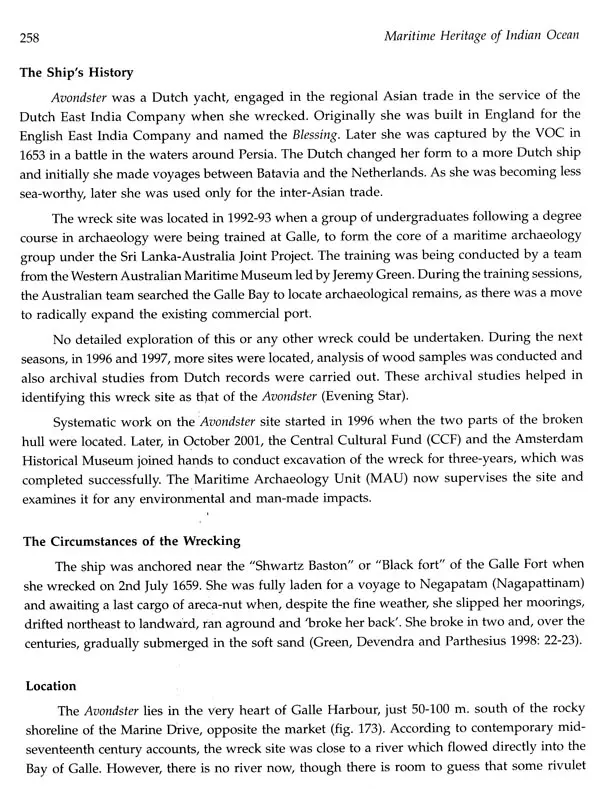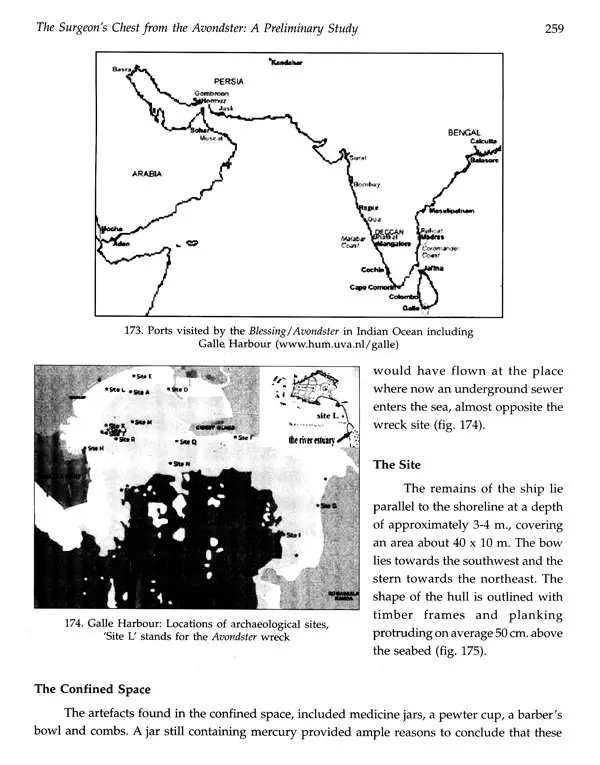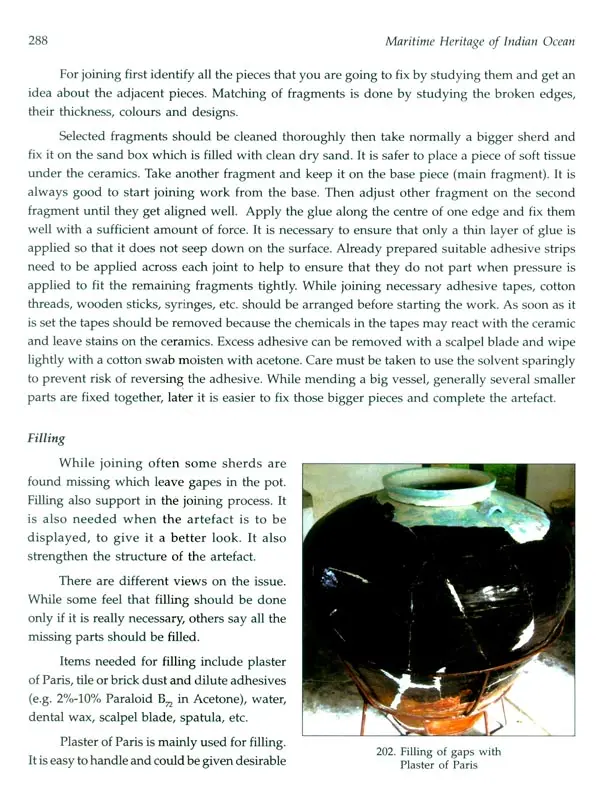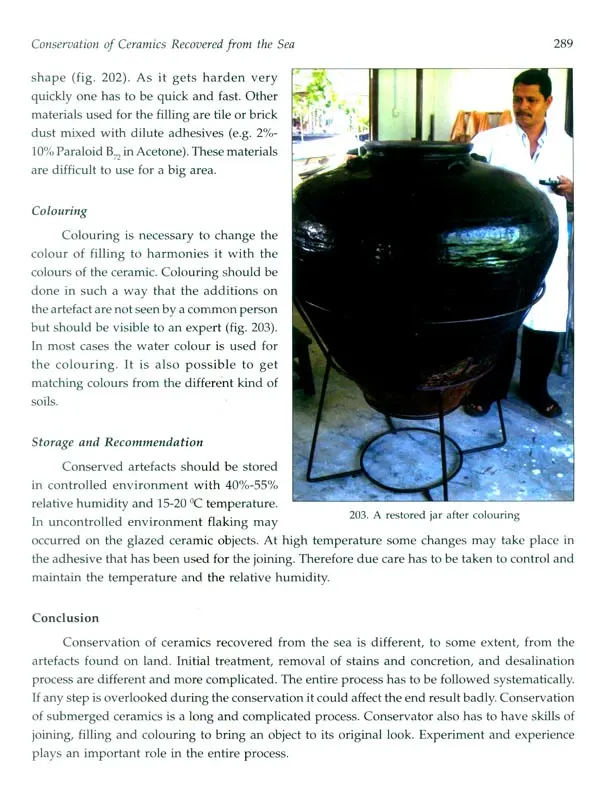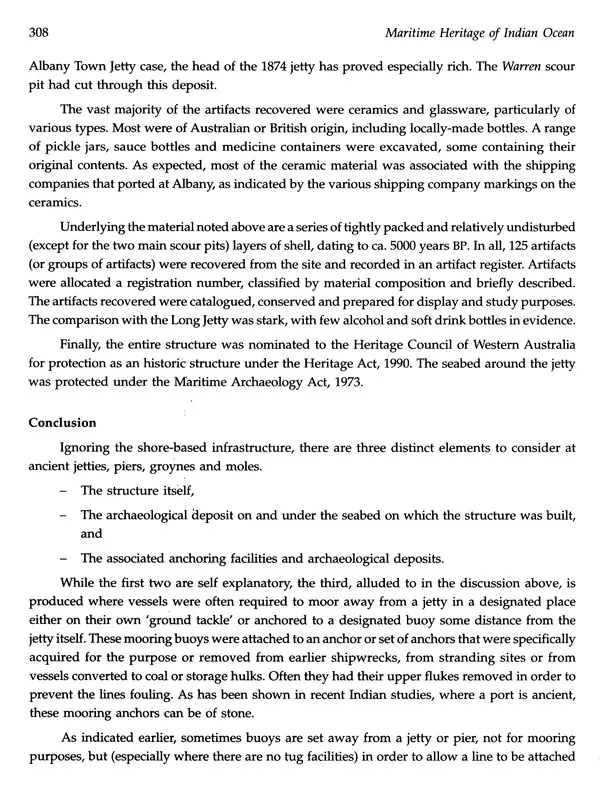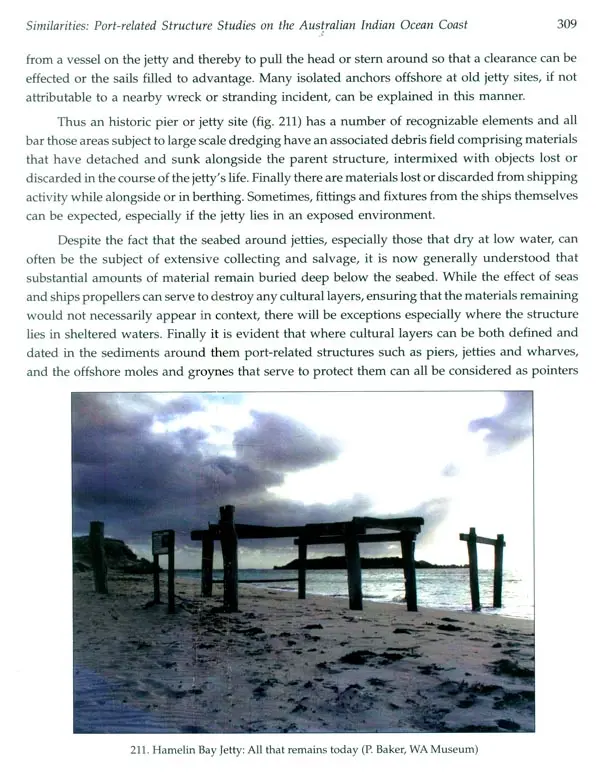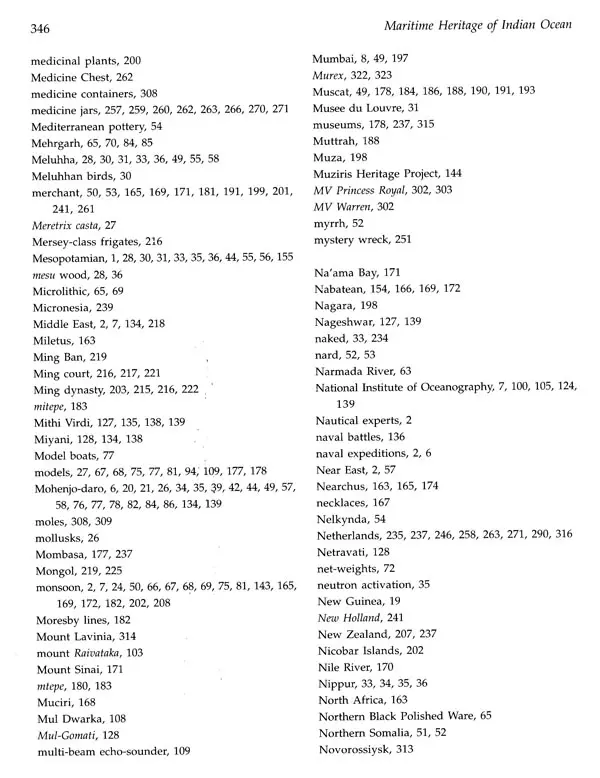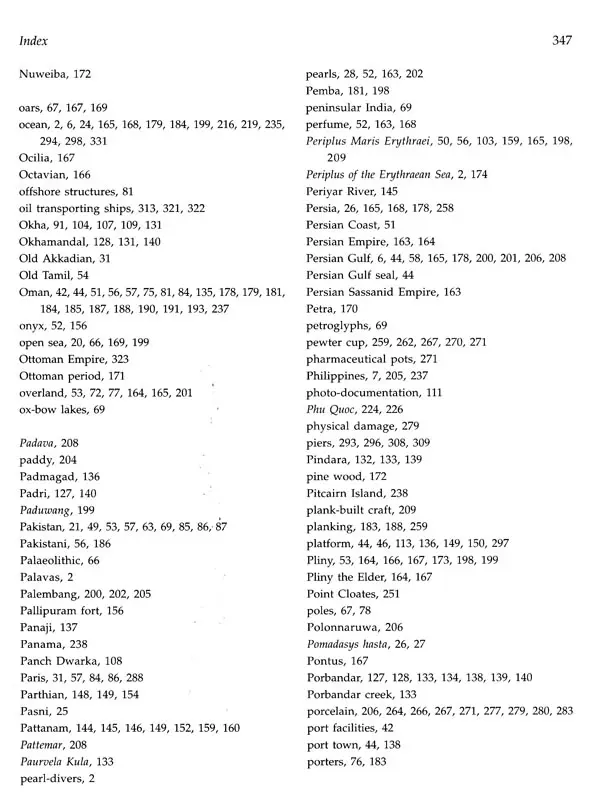
Maritime Heritage of Indian Ocean
Book Specification
| Item Code: | UAE693 |
| Author: | Alok Tripathi |
| Publisher: | Sharada Publishing House, Delhi |
| Language: | English |
| Edition: | 2013 |
| ISBN: | 9788188934997 |
| Pages: | 360 (Throughout Color and B/w Illustrations with 7 Maps) |
| Cover: | HARDCOVER |
| Other Details | 11.00 X 9.00 inch |
| Weight | 1.85 kg |
Book Description
Presently Director, Centre for Archaeology and Musicology, and Head, Department of History in the Assam University, Silchar he holds equal authority in field archaeology, musicology, and heritage management t, art and architecture, laws, remote sensing, and art-history. Widely travelled in several countries in Europe, Africa and Asia, he has successfully executed many prestigious projects and directed important archaeological excavations on land as well as underwater. Author and editor of over 10 monographs and 75 research papers he was listed among the ten brightest young scientists in the country.
The Bronze Age (ca. 2500-1700 BCE) when the peoples of the Indus Civilization established contact by sea with Mesopotamia, Magan and Dilmun. The so-called "Roman sea trade" during the early first millennium CE.
The Tasmanian sea trade in the sixth century CE.
The early-Islamic sea trade, as documented at Seraph, during the ninth and tenth century CE.
5. The European expansion into the Indian Ocean in the late 15th century CE.
The Beginnings
The earliest documented maritime activity in the world, perhaps, comes from the eastern borders of the Indian Ocean, with the peopling of Australia and New Guinea. There are archaeological sites in all of the regions of Australia from 20,000 years ago. The oldest site is in the Upper Swan River of Western Australia which can be dated to ca. 38,000 years ago. Another site, known as Lake Mungo was occupied at ca. 32,000 BP.
Upper Swan River and Lake Mungo were occupied during the last period of continental glaciations, when sea-level was 100-150 m. lower than it is today. Java, Sumatra and Borneo were not islands, but were connected to the rest of Southeast Asia by land; the so-called "Sunda Shelf". Australia, New Guinea and Tasmania were also joined by land, but were separated from the Sunda Shelf, by the Sahul Straight, with very deep water (fig. 14).
14. Eastern Indian Ocean with the Wallace Line and Sahul Straight. The area in white adjacent to the land masses would have been above mean sea level during much of the last glacial period In order to reach the Australian land mass during the last glacial period (110,000 to 10,000 BP), humans would have had to cross a minimum of 100 km. of open sea. This is farther than one can see, and it implies that some sort of raft or boat was used.
Moreover, population genetics informs us that there needed to be more than just a fertile couple who sailed to Australia. A population of people (a few hundred at least) was needed to assure survival, so the crossing probably took place many times over the centuries, implying that maritime sailing may well have been a part of the culture of the people of ancient Southeast Asia.
If deep water sailing was a part of the culture of these people it was possibly a part of the culture of other people who lived on the coasts of Asia, Africa and Europe.
This cannot yet be documented, but should be looked for in the archaeological records. The next phase of maritime activity, which needs to be addressed, is associated with the Indus Civilization which arose on the plains of the Greater Indus Valley during the second half of the third millennium BCE (2500-1900 BCE).
Book's Contents and Sample Pages
